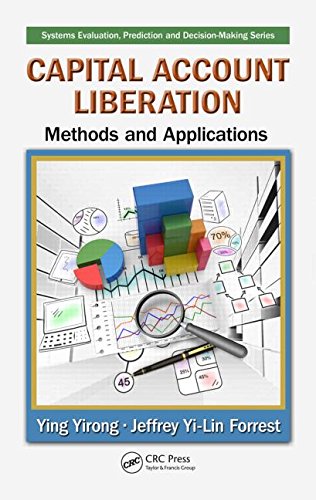

Most ebook files are in PDF format, so you can easily read them using various software such as Foxit Reader or directly on the Google Chrome browser.
Some ebook files are released by publishers in other formats such as .awz, .mobi, .epub, .fb2, etc. You may need to install specific software to read these formats on mobile/PC, such as Calibre.
Please read the tutorial at this link: https://ebookbell.com/faq
We offer FREE conversion to the popular formats you request; however, this may take some time. Therefore, right after payment, please email us, and we will try to provide the service as quickly as possible.
For some exceptional file formats or broken links (if any), please refrain from opening any disputes. Instead, email us first, and we will try to assist within a maximum of 6 hours.
EbookBell Team

4.3
28 reviewsAlong with the development of economic globalization, many countries have begun to relax their controls on their capital accounts. However, the recent financial crises in Latin American countries as well as the exchange rate crises in Southeast Asian countries have shown that there is major risk associated with capital account liberalization.
This book details the benefits and risks of capital account liberalization and explains how to take an open-door policy at the appropriate time in order to reduce the risk to the lowest possible level. Supplying a complete mathematical analysis framework for the study of the problem of capital account liberalization, it presents a few important models that have been developed for the study of capital account liberalization.
Next, the book examines the influence of capital account liberalization on the stability of financial markets by greatly expanding the scope of ordinary differential equation theory to the analysis of local stabilities. It conveys cutting-edge results while providing a general yet simple analysis framework, enriched with practical experiences from developing countries.
This book applies the theory of limit cycles to the study of problems related to capital account liberalization and discusses the contagion of financial crises among different countries. Many problems related to capital account liberalization are formulated as optimization models, showing the fact that much broader economic issues can be solved by employing optimization methods.
The book concludes by comparing the contagion effect of financial markets between nations with a relatively high degree of openness with those characterized by a moderate degree of openness. Explaining how to determine optimal capital inflows and outflows, this book provides you with the understanding required to accurately determine the characteristics, backgrounds, causes, and roles of capital account liberalization and relevant capital flows.